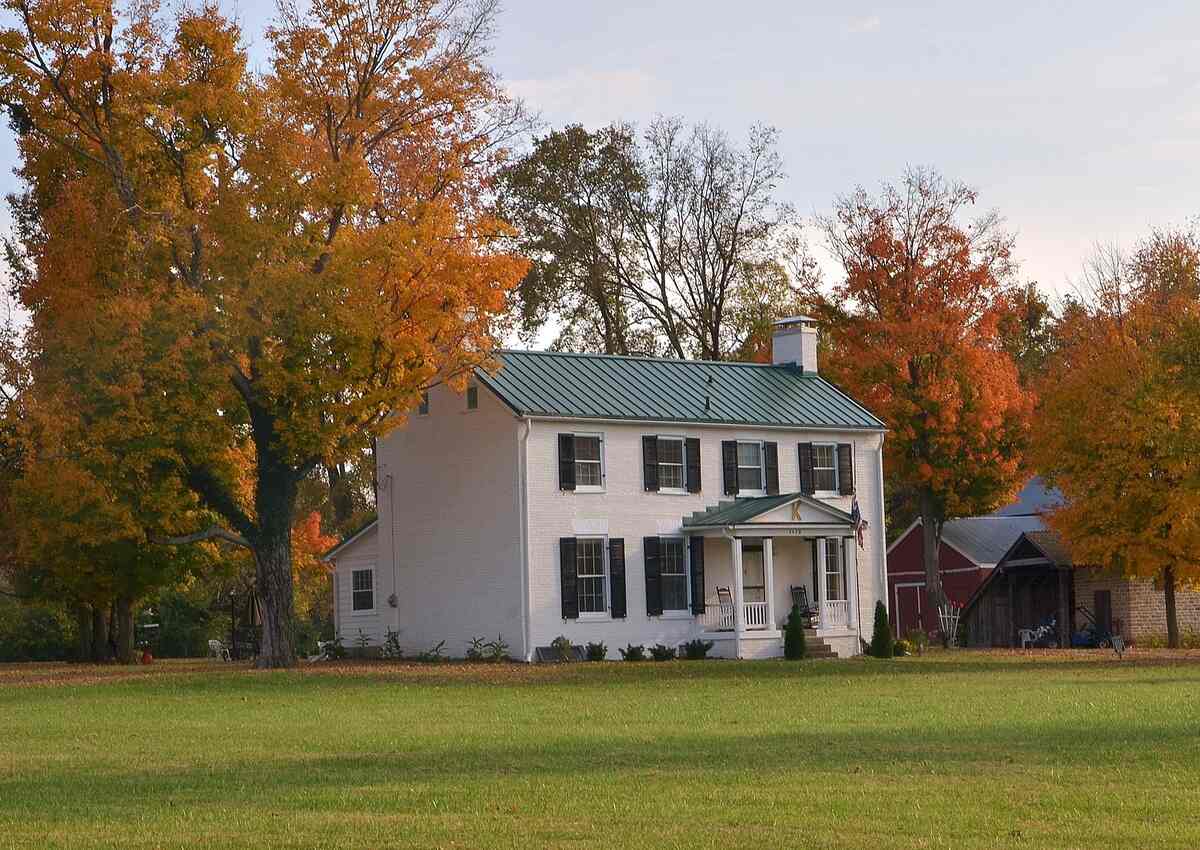
In Louisville, we’re lucky to enjoy mild weather throughout the year. That’s why preparing for winter can be daunting – you’re used to changing seasons, but your lawn might not be quite ready for the cold yet. Take these fall lawn care tips for Louisville, KY, that start in September to prepare your autumn lawn for the winter ahead.
1. Conduct a Soil Test
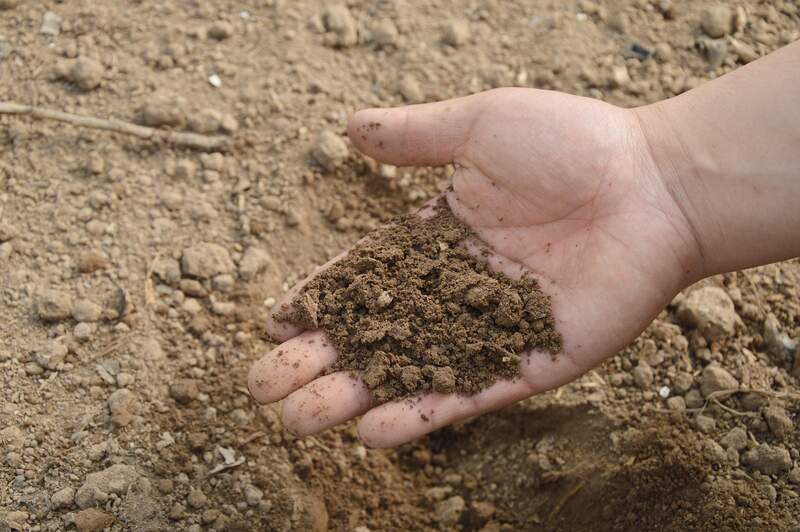
Every homeowner in Louisville might benefit from a soil test to learn more about the soil quality in their yard. Homeowners can select the ideal low-maintenance grass type based on their soil’s drainage ability, pH level, and nutrients.
You can test your soil at home with the help of DIY soil test kits available in garden stores or send a soil sample to the University of Kentucky Cooperative Extension Office for a detailed analysis.
After the results come in, you can make amendments to your soil to make it healthier. Have a look at our guide to soil amendments to help you get started. It’s best to add soil amendments in fall so they have time to break down into the soil before the new growing season starts in spring.
2. Choose the Right Grass Type
Because Louisville is in what’s called the transition zone, homeowners can choose between the two main types of grass: cool-season and warm-season. But the combination of both types is particularly successful here. The best grass seed for Kentucky includes grass types such as Kentucky bluegrass (of course), fescues, Bermuda, and Zoysia.
With a mixture of cool-season and warm-season grass types, lawns will thrive from spring to autumn, letting homeowners enjoy their lawns all year round. Cool-season grasses should be planted in fall, at least 45 days before the first frost. Warm-season grasses, on the other hand, should be planted in late spring. For more information, take a look at our spring lawn care guide for Louisville.
3. Observe a Careful Watering Schedule
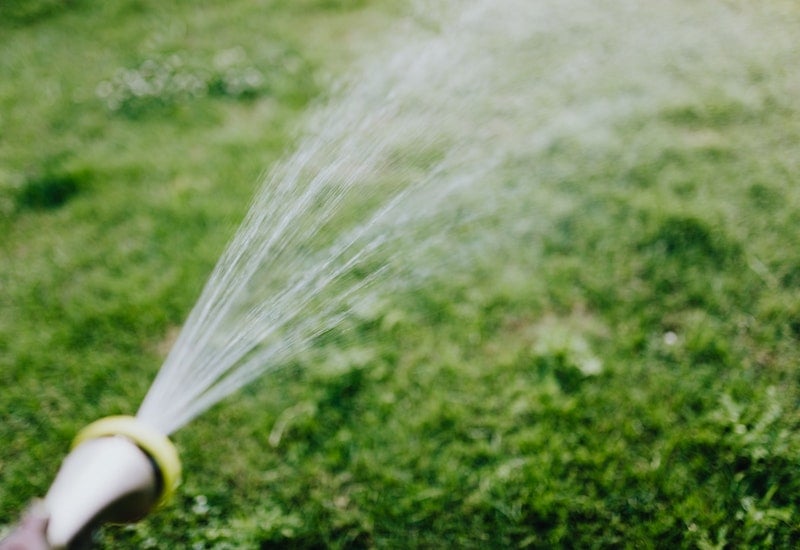
In the autumn, prepare your lawn for the cold season by watering it thoroughly. Most lawns require about an inch of water weekly to ensure healthy growth, but they might need less in fall because of the cooler temperatures. Be sure not to water your grass too much, which can encourage pests and lawn diseases, especially leading up to the grass’s dormant season in winter.
Water your grass early in the morning before 10 a.m. for the best results. Watering in the morning prevents the water from evaporating too quickly while also giving excess water enough time to dry before nightfall.
You can also install an automatic sprinkler system to manage your lawn watering schedule for you.
4. Fertilize Your Lawn
Lawn fertilization is one of the most significant parts of lawn care and maintenance. You should spread the fertilizer uniformly across the lawn to avoid damage from over or under-fertilization. Homeowners in Louisville, whose lawns often consist of warm and cool-season grasses, should fertilize their lawns two times a year.
Louisville’s warm-season grasses are ideally fertilized in early spring or early summer. But if you have a combination lawn, fertilize it in early fall at least 6-8 weeks before the first frost – around September.
You should fertilize cool-season grasses in early spring, early fall, or late fall, at least six weeks before the first frost in Louisville.
5. Fall Aeration
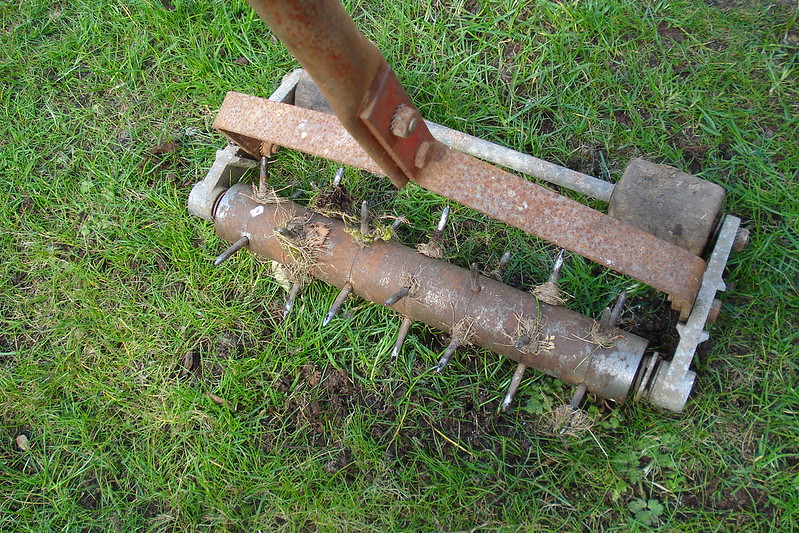
Lawn aeration is a must for cool-season grasses in fall. It is an effective method for removing thatch and loosening compacted soils. The turfgrass roots usually need space to grow, and nutrients, air, water, and sunlight must be able to reach the root zone deep in the soil. Neither is possible when the soil is compacted or the thatch layer is too thick.
Cool-season grasses should be aerated in fall because this is their active growing season, and they can recover quickly from the stress of aeration. Warm-season grasses, which do not grow actively in fall, should not be aerated at this time of year.
For DIY aeration, you can rent a core aerator machine from hardware stores like Lowe’s and Home Depot. You can also ask for help from aeration professionals in Louisville to aerate your lawn for you.
6. Remove Debris Without a Rake
A rake is an essential lawn care tool, but it can actually damage your lawn. Raking often removes thatch along with the fallen leaves and other debris. A healthy thatch layer is important for your lawn, as it helps with soil moisture retention and temperature regulation.
Instead of a rake, a leaf blower can be used for rapid and easy removal of fallen leaves and other debris without destroying the grass. It is one of the most vital tools for fall lawn care in Louisville.
7. Reuse Fallen Leaves For Mulch
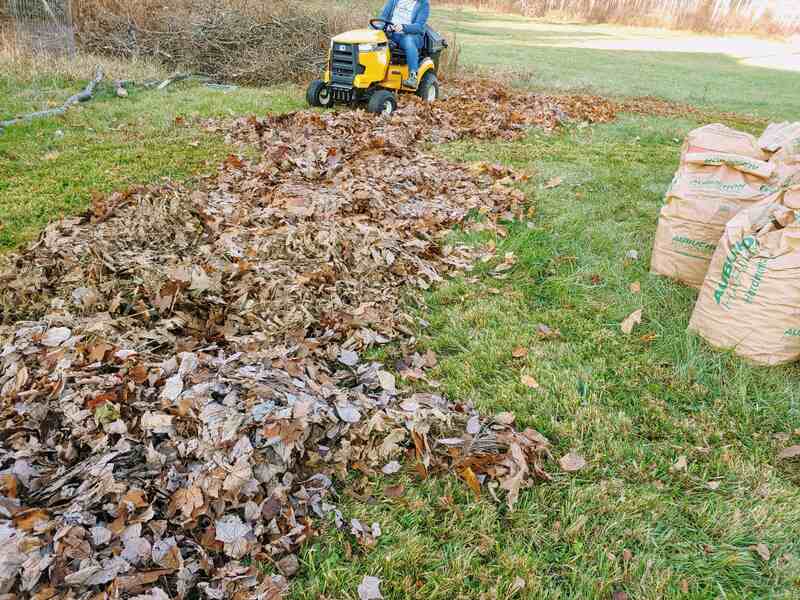
As many leaves fall in the autumn, you can also use them as mulch for your lawn. Shred the leaves into tiny pieces and spread them throughout your lawn and garden. In addition to helping the soil retain moisture, the little pieces will gradually break down into the soil, adding nutrients and improving the soil texture.
A mulching lawn mower can make shredding and spreading those fallen leaves a whole lot easier.
8. Control the Weeds
Fall is the time when weeds might start to flourish in your lawn. Use pre-emergent herbicides to keep those weeds from sprouting in the first place. Pre-emergents can be applied in the fall to prevent winter annual weeds.
But if there are already some weeds growing in your lawn, your best bet is to hand-pull them. You can also apply post-emergent herbicides to get rid of them, but we don’t recommend applying these to a recently seeded or overseeded lawn.
9. Think About Overseeding
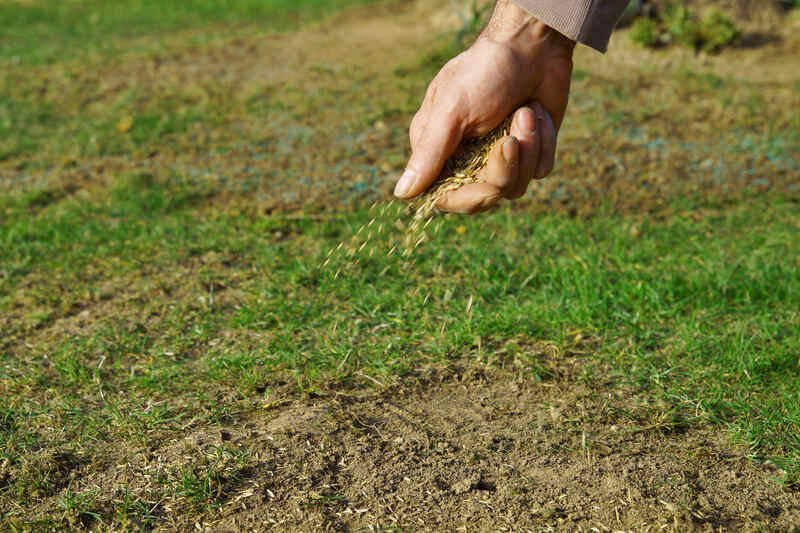
Overseed your lawn to fill in thinning patches or bare spots. Overseeding works by spreading new seeds in an already existing lawn. When and how to overseed depends on the type of grass you have.
Cool-season grasses like Kentucky bluegrass or tall fescue should be overseeded from late summer to early fall, between mid-August and September. This is when the temperature and lawn conditions are ideal for the seeds to germinate and grow before winter arrives. These grasses can also be overseeded in spring between March and April when the soil temperature starts to rise above 50℉.
Warm-season grasses should be overseeded around March or April after the last frost has passed. Most homeowners in Louisville plant cool-season ryegrass or fescue along with warm-season grasses in fall to keep the lawn green. This kind of overseeding with cool-season grass should be done in fall.
10. Mow Your Lawn Considerately
When your grass is growing actively, it will need more frequent mowing to keep it at the ideal height. In fall, cool-season grasses grow actively, so keep on mowing them regularly during this time. Once the grass stops growing in early winter, give it one last mow.
On the other hand, warm-season grasses usually slow their growth in autumn, so they will need much less frequent mowing than they do in summer.
Raise your mower height and sharpen its blades as the temperature starts to cool in fall. Cutting the grass taller helps it survive the stress of the upcoming winter. The mower cutting height should be between 1.5 to 3.5 inches for cool-season grasses and 0.5 to 4 inches for warm-season grasses in fall.
FAQ
Turf-type tall fescue is the ideal grass for the climate of Louisville, KY. This cool-season grass has rougher, broader blades and grows well in partial shade. It is also highly disease-resistant.
Fertilizers high in nitrogen and low in phosphate and potassium can help your grass establish and thrive in fall in Louisville.
Wet grass should be allowed to dry before being mowed. If your lawn mower becomes clogged up with damp grass clippings, it might spit out clumps of grass that could suffocate and destroy your lawn.
Fall into a Healthy Lawn
When it comes to maintaining a lawn in the fall, there are a lot of little details to keep in mind. Even though lawn care may seem overwhelming, these fall lawn care tips for Louisville can help demystify the process.
You can also seek professional help to maintain your lawn in the fall. Hire local lawn care pros in Louisville to keep your grass healthy all year long.
Main Image Credit: KamRaMan64 / Wikimedia Commons / CC BY-SA 4.0